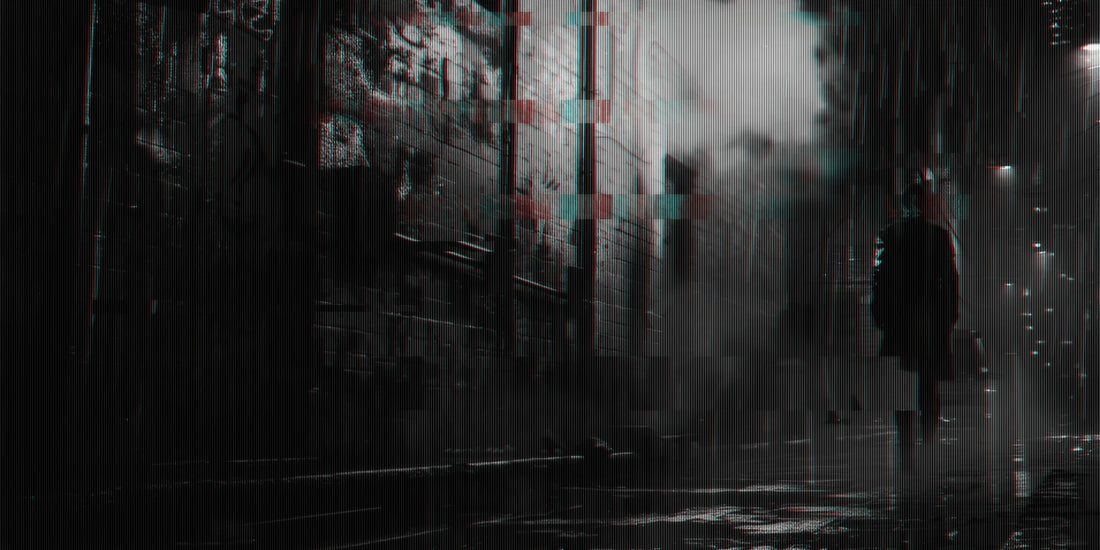Cyberpunk Origins: From Dystopia to High Fashion

Cyberpunk fashion emerged from the rebellious spirit of the 1980s, influenced by the cyberpunk literary movement and the burgeoning tech culture. Combining dystopian themes with high-tech aesthetics, this style challenges traditional fashion norms. Inspired by authors like William Gibson and films like Blade Runner, cyberpunk fashion is characterized by dark colors, leather, metallic accents, and futuristic accessories. It reflects a world where technology and humanity intertwine, showcasing a gritty, edgy, and utilitarian vibe.
Tech Meets Street: The Birth of Cyberpunk Fashion
Cyberpunk fashion traces its roots back to the early 1980s, when cyberpunk literature envisioned a future dominated by advanced technology and societal decay. This vision transcended into popular culture, with films like Blade Runner and The Matrix visually representing the cyberpunk aesthetic. Early cyberpunk fashion blended streetwear with sci-fi elements, featuring:
- Leather jackets and combat boots.
- Sleek, metallic accessories that hinted at a tech-driven future.
The Influence of Music and Subcultures
Punk and new wave music of the late 70s and early 80s significantly influenced cyberpunk fashion. Bands like Kraftwerk and Depeche Mode, known for their futuristic sounds and avant-garde style, inspired fans to adopt bold, edgy looks. These styles fused industrial, punk, and goth elements, emphasizing:
- Self-expression and nonconformity.
- Rebellion, a core aspect of the cyberpunk ethos.
Iconic Cyberpunk Films and Their Impact
Movies like Blade Runner (1982) and The Matrix (1999) have had a profound impact on cyberpunk fashion. Iconic outfits from these films became blueprints for the cyberpunk aesthetic, including:
- Trinity’s sleek black leather look.
- Neo’s long trench coat.
These films depicted a world where technology and urban decay coexisted, influencing designers to merge futuristic elements with a gritty, dystopian feel.
Cyberpunk Fashion in the Digital Age
As technology advanced, cyberpunk fashion evolved, integrating innovations like LED lights, smart fabrics, and 3D printing. This transformation brought cyberpunk aesthetics to avant-garde fashion and mainstream platforms. Designers and brands that embraced these trends include:
- Alexander McQueen, with his futuristic designs.
- Balenciaga, bringing cyberpunk influences to the runway.
DIY Culture and Cyberpunk Style
The DIY ethos of punk culture plays a central role in cyberpunk fashion. Customization and personalization are key, with enthusiasts modifying clothing with tech-inspired details, such as:
- LED strips and circuit board patterns.
- Augmented reality elements.
This hands-on approach reinforces the theme of individuality in a technologically advanced world, making each piece unique.
The Future of Cyberpunk Fashion
Looking forward, cyberpunk fashion continues to evolve, incorporating cutting-edge technology and sustainable practices. Emerging trends include:
- Virtual reality and digital fashion shows.
- Immersive and interactive cyberpunk aesthetics.
As society grapples with rapid technological advancement, cyberpunk fashion reflects both our hopes and anxieties about the future.
Embrace Your Inner Cyberpunk
Cyberpunk fashion is more than just a style—it’s a statement. It challenges the status quo, merges the past with the future, and celebrates individuality.
Whether it’s a leather jacket with metallic accents or futuristic fabrics, embracing cyberpunk fashion allows you to express a bold, rebellious side that defies conventional norms.








